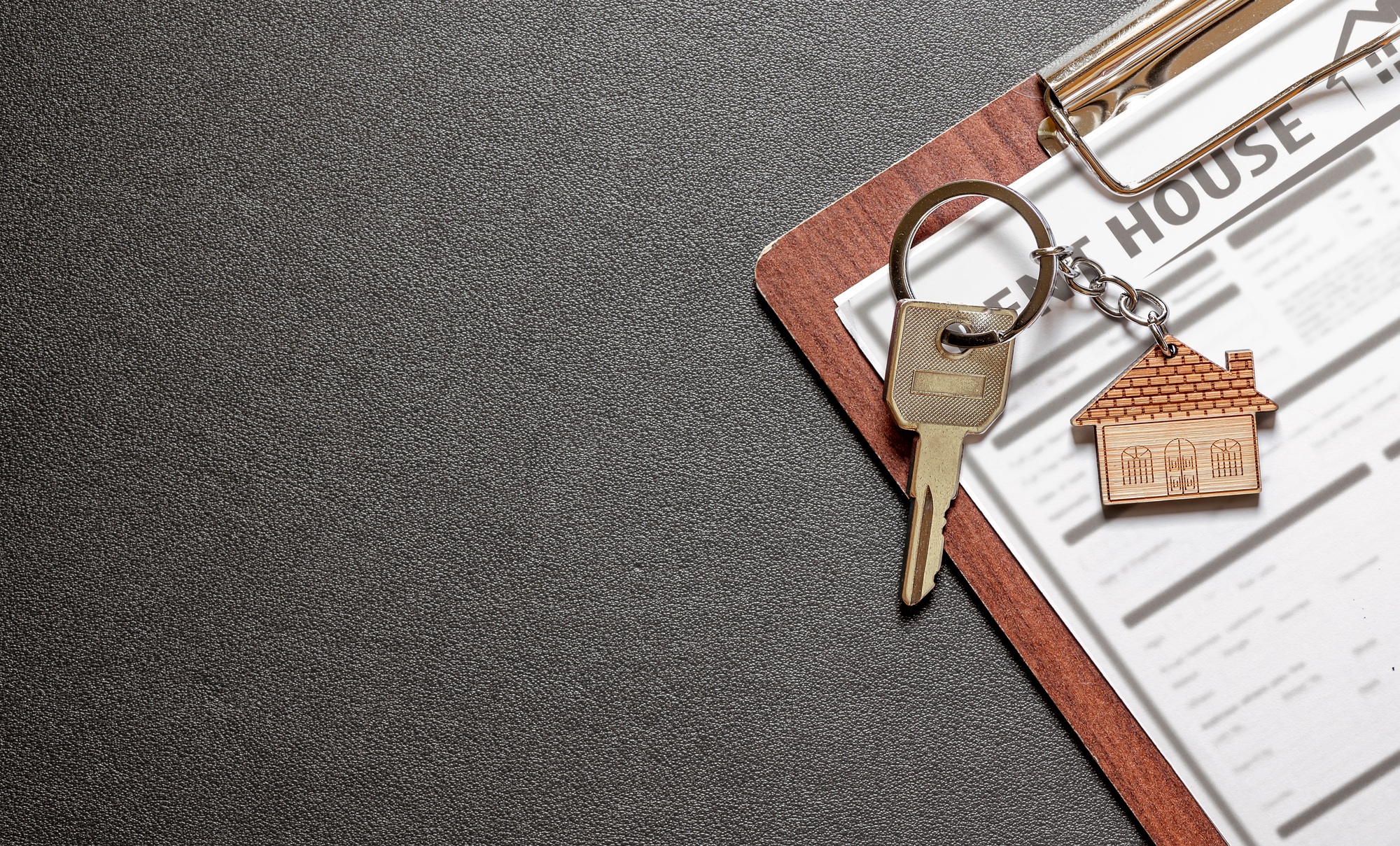
Maximizing rental yields in Thailand is a key priority for property investors looking for stable and high returns. With yields ranging from 4% to 10%, Thailand stands out as one of Asia’s most promising destinations for real estate investments. Bangkok, Phuket, and Pattaya offer unique advantages depending on the investment strategy and target tenants.
Understanding the Importance of Maximizing Rental Yields
Maximizing rental yields in Thailand requires a strategic approach that includes selecting prime locations, optimizing property features, and choosing the right rental model. Investors who focus on high-demand areas and premium amenities can achieve above-average rental returns, ensuring long-term profitability and steady income streams.

Key Factors to Consider
1. How to Calculate and Improve Rental Yields in Thailand
Rental yield measures the annual rental income as a percentage of the property’s value. Bangkok has one of the highest rental yields in Asia, averaging 5.13%, compared to Singapore (2.43%) and Hong Kong (2.22%).
Formula for Gross Rental Yield:
Gross Rental Yield = (Annual Gross Rental Income / Property Value) × 100
A property generating 600,000 THB annually on a 10 million THB investment achieves a 6% yield. However, net rental yield, which accounts for expenses and taxes, provides a more realistic measure of profitability.
2. Best Locations
Bangkok – Urban Investment Hub
- Prime areas such as Sukhumvit, Sathorn, and Rama 9 attract expatriates and corporate tenants.
- Emerging districts like Bangna offer lower entry prices with high future appreciation potential.
- Proximity to BTS and MRT lines significantly increases occupancy rates and rental demand.
Phuket – High-Yield Tourism Market
- Villas and resorts in Kata, Kamala, and Patong generate short-term rental profits.
- Properties with private pools and ocean views often exceed 10% annual rental yield.
- 66% average occupancy rate ensures consistent rental income throughout the year.
Pattaya – Budget-Friendly High Rental Yields
- More affordable than Bangkok and Phuket, with steady rental demand from tourists.
- Short-term holiday rentals near beaches are in high demand, boosting occupancy rates.

3. Choosing the Best Property Type for Maximizing Rental Yields in Thailand
Condominiums
- The most accessible option for foreign investors due to simplified ownership laws.
- Modern condos near transit hubs generate rental yields between 4-7%.
Villas & Luxury Houses
- High-yielding short-term rentals in tourist hotspots.
- Properties with private pools and modern designs attract premium nightly rates.
Mixed-Use Developments
- Combining residential, retail, and commercial spaces diversifies income streams.
- Popular in Bangkok’s business districts, offering stable long-term returns.
4. Tenant Targeting Strategies for Maximizing Rental Yields in Thailand
Expatriates & Corporate Renters
- Favor properties in business districts with modern amenities.
- Provide stable, long-term rental contracts backed by corporate leases.
Tourists & Short-Term Tenants
- Yield 30-50% higher rental income than long-term leases.
- Requires active management via platforms like Airbnb, Booking.com, and Vrbo.
Young Professionals & Digital Nomads
- Prefer condos with co-working spaces, smart home features, and good connectivity.
- Willing to pay premium rental rates for modern, fully-furnished units.
5. Maximizing Rental Yields in Thailand with Property Enhancements
Smart Home Features & High-Speed Internet
- Tenants prioritize modern technology and smart security systems.
- Upgrades such as keyless entry, voice-controlled lighting, and fiber-optic internet increase rental appeal.
Energy Efficiency & Cost Savings
- Solar panels, LED lighting, and energy-efficient appliances lower operational costs.
- Eco-conscious properties attract high-paying tenants.
Interior Design & Professional Staging
- Well-furnished properties with contemporary décor command higher rental prices.
- Professional photography maximizes online listing visibility.

6. The Role of Professional Management in Maximizing Rental Yields in Thailand
Full-Service Property Management
- Costs 8-12% of rental income, but reduces operational stress.
- Includes tenant sourcing, maintenance coordination, and rent collection.
Marketing & Rental Optimization
- Professional digital marketing strategies maximize occupancy.
- Listings on Airbnb, Agoda, and local rental platforms improve exposure.
Maintenance & Legal Compliance
- Regular property inspections maintain high-quality standards.
- Ensures compliance with Thailand’s rental laws to avoid legal risks.
7. Tax Strategies for Maximizing Rental Yields in Thailand
Rental Income Taxation
- Standard 30% deduction on gross rental income reduces taxable amount.
- Thailand’s progressive tax system (0-35%) requires efficient tax planning.
Corporate Holding Structures
- For large-scale investors, forming a Thai company may offer tax advantages.
8. Risk Management
Legal Ownership & Foreign Investment Rules
- Foreigners can own condos outright (49% foreign quota per building).
- Leasehold agreements allow land access for 30+30+30 years.
Comprehensive Property Insurance
- Covers natural disasters, tenant damages, and liability issues.
Diversification Across Multiple Locations
- Investing in multiple Thai property markets minimizes risk exposure.
Conclusion
Maximizing rental yields in Thailand requires strategic property selection, premium amenities, and effective management. Investors who focus on Bangkok’s professional market, Phuket’s high-yield tourism sector, or Pattaya’s budget-friendly rentals can achieve above-average returns.
With careful planning, rental yields between 6-10% are achievable, making Thailand one of Asia’s most attractive property investment destinations.


